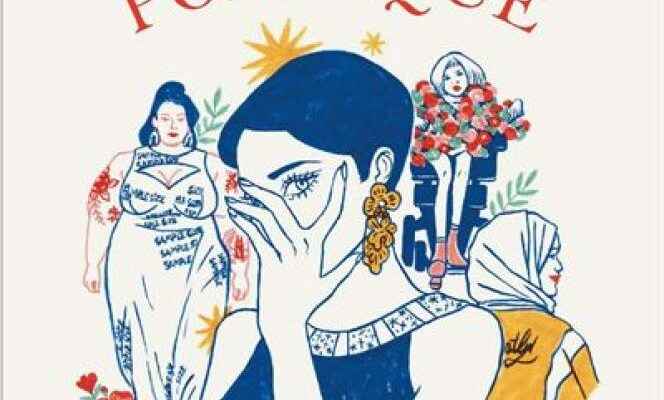In 2015, Valentino presented a collection inspired by Africa for spring-summer 2016. “Primitive, tribal, spiritual, yet royal”, described the Italian label on its Twitter account. On the catwalk, mostly white models wear bonded braids and tribal-inspired prints.
The outcry caused by this collection then pushed the haute couture house to be “more inclusive” for the advertising campaign. A photographer captures the pieces of clothing in a Kenyan national park, posing Masai alongside the models – including a black woman. “If I like something that’s not part of my culture, but I like it, why can’t I use it? If I do an African show and only use black girls… That’s also something wrong”declared, in 2016, the stylist Maria Grazia Chiuri to the magazine Time.
In his book Fashion is political (Hachette, 320 pages, 24.95 euros), journalist Mélody Thomas writes that the artistic director of Valentino does not seem to understand that the African continent is made up of fifty-four countries, each with cultures, beliefs and a history that are peculiar to him. “We also don’t learn a lot about the culture of the Masai, we don’t even know if the tribe received financial compensation for their ‘participation’ in the advertising campaign of one of the fashion houses. the most famous and lucrative Italian companies. »
Memorable precedents
Dedicated to “all the women who have learned to define themselves without ever seeing themselves represented”, Mélody Thomas’ essay deciphers twenty-seven key terms to better understand fashion and what it says about our society. Among the first entries is “cultural appropriation”, a formula “often misunderstood”.
If the concept seems new to everyone, it’s probably because “our societies have a short memory, at least on subjects they do not consider worthy of interest”analyzes Mélody Thomas, while recalling that the first controversies over cultural appropriation are not new. In 1994, already, a black and silver bustier, on which was written a sura of the Koran, created a stir during a fashion show by Karl Lagerfeld.
The concept has its roots in the history of colonization, which opens up a new imagination within Western countries and financially and culturally enriches Western fashion, and in particular European fashion. Mélody Thomas recounts the escapades of Paul Poiret, famous couturier of the early 20th centurye century, known for his attraction to “the Orient”. On June 24, 1911, the man nicknamed “the Magnificent” – a direct nod to Sultan Suleiman the Magnificent – organized a legendary evening, “The thousand and second night”, to which he invited three hundred people, mostly artists. He comes there disguised as a sultan sporting a turban, scimitar and whip, while his wife wears a lampshade dress.
You have 30.96% of this article left to read. The following is for subscribers only.
